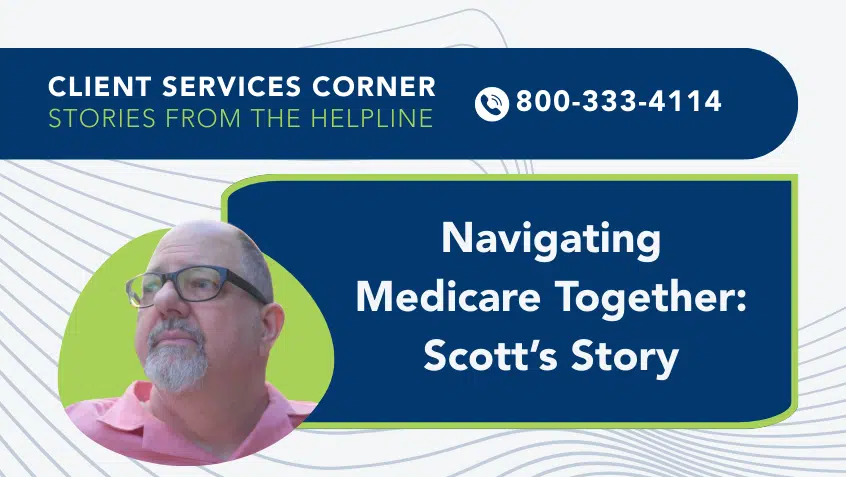Join Us Live for a Discussion on Medicare, Democracy, and the Future of Health Care
Report Investigates Benefits and Costs of Adding an Out-of-Pocket Cap in Traditional Medicare

Early this month, the Urban Institute released a report that investigated adding a $5,000 out-of-pocket limit to Original Medicare (OM), and limiting spending by specific payers, including beneficiary out-of-pocket, supplementary coverage plan, and Medicaid. The report found that such a change would decrease beneficiary spending, as well as for Medicaid, and supplemental insurance like Medigap, while increasing Medicare program spending.
Currently, people in OM and those with Part D prescription drug coverage do not have any limit to their potential yearly medical costs. This sets this coverage apart from individual Marketplace plans, Medicare Advantage, and most employer-based coverage. It also puts enrollee financial security at risk. The lack of an out-of-pocket limit can leave beneficiaries exposed to unmanageable expenses. While lower income beneficiaries may be able to enroll in Medicaid or Medicare Savings Programs (MSPs) that reduce their expenses and others might have access to retiree plans or may buy Medigap plans to help cover Medicare costs, many have nowhere to turn for help.
Urban investigates what the effect would be of instituting a $5,000 out-of-pocket cap in OM, including Parts A (hospital coverage), B (outpatient coverage), and D (prescription drug coverage). The report shows that currently, most OM beneficiaries, 32.6 million, face costs below $5,000 per year. These expenditures are typically covered by out-of-pocket spending or by supplements like Medicaid or Medigap. Approximately 4.5 million have expenditures above $5,000: 3 million face costs between $5,000 and $10,000, 800,000 between $10,000 and $15,000, and 800,000 over $15,000.
The researchers estimate that a $5,000 cap would cut out-of-pocket, Medicaid, and Medigap spending in half for high-cost beneficiaries. Medicare would cover the difference. This would increase Medicare spending for this population by approximately $8,500 (12.9%) per year. Across the whole OM population, this cap would decrease their cost sharing by 27.6%, split across out-of-pocket, Medicaid, and Medigap, and increase Medicare program spending by an estimated $1,000 per person (7.8%). Part D’s portion of this change would be substantial. Out-of-pocket spending on Part D would drop by $1 billion (11.4%) while Medicare program spending for OM Part D enrollees would increase by 13.1%.
Urban also investigates two other alternatives: adding an out-of-pocket cap of $2,000 to Part D in addition to a general $5,000 limit, and modeling a $7,550 limit, which is the Medicare Advantage (MA) in-network out-of-pocket maximum for 2022. Adding the Part D cap would benefit an additional 200,000 beneficiaries and add $2 billion in Medicare spending. Using the higher MA cap would cost around $14 billion less but would benefit 2 million fewer beneficiaries than the standalone $5,000 cap.
This report shows the important benefits and costs of adding a cap to Original Medicare. At Medicare Rights, we support limiting beneficiary out-of-pocket costs program wide, including in Part D. This cap should also apply to—and be lower than—current MA limits, which are too high. These updates would greatly improve access and affordability for millions.
We will continue to urge Congress and the Administration to advance such a proposal in their ongoing efforts to better protect the health, financial security, and well-being of everyone who relies on the program.
Show Comments
We welcome thoughtful, respectful discussion on our website. To maintain a safe and constructive environment, comments that include profanity or violent, threatening language will be hidden. We may ban commentors who repeatedly cross these guidelines.
Help Us Protect & Strengthen Medicare
Donate today and make a lasting impact
More than 67 million people rely on Medicare—but many still face barriers to the care they need. With your support, we provide free, unbiased help to people navigating Medicare and work across the country with federal and state advocates to protect Medicare’s future and address the needs of those it serves.
The Latest
Most Read
Add Medicare to Your Inbox
Sign up to receive Medicare news, policy developments, and other useful updates from the Medicare Rights.
View this profile on InstagramMedicare Rights Center (@medicarerights) • Instagram photos and videos









